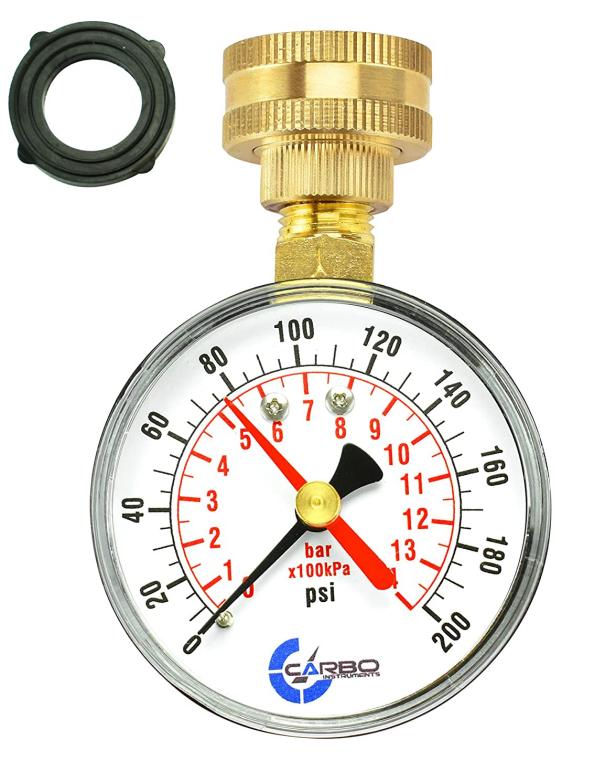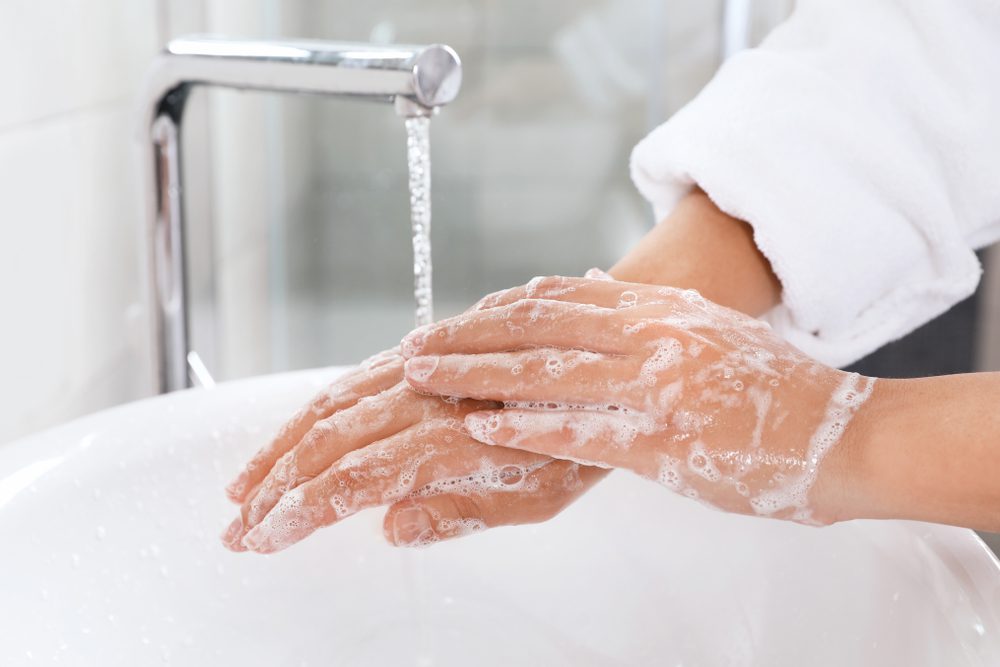Steps to Fix Low Water Pressure in Your Home
Steps to Fix Low Water Pressure in Your Home
Blog Article
They are making a number of great points on 4 Ways to Troubleshoot Low Water Pressure as a whole in the article directly below.

Low water pressure in your home can be a frustrating trouble, influencing whatever from showering to cleaning recipes. If you're experiencing weak water circulation, there are several feasible causes and solutions to discover. In this overview, we'll discuss typical reasons for low water pressure and sensible actions to deal with the problem efficiently.
Introduction to Low Water Stress
Low tide stress occurs when the flow of water from your taps, showers, and other components is weak than common. This can make day-to-day jobs a lot more tough and much less effective. Recognizing the reasons for low tide stress is vital to locating the appropriate solution.
Common Sources Of Low Water Stress
Faulty Pressure Regulators
Stress regulatory authorities are responsible for keeping regular water pressure in your house. If they malfunction, it can lead to low water pressure or uneven circulation throughout your house.
Local Water Supply Issues
Sometimes, the issue lies outside your home. Local water system concerns, such as main line leaks or maintenance job, can briefly lower water stress in your area.
Pipe Obstructions
Over time, pipelines can come to be blocked with mineral deposits, sediment, or debris, restricting the circulation of water. This is a typical problem in older homes with galvanized steel pipelines.
Deterioration
Deterioration within pipes can lead to leakages and reduced water pressure. Corrosion accumulation can tighten water circulation, particularly in maturing plumbing systems.
How to Detect Low Water Stress
Evaluating Pipes
Check visible pipes for indicators of leaks, deterioration, or blockages. Take notice of any uncommon audios, such as banging or rattling pipes, which can indicate concerns within the plumbing system.
Consulting with a Plumber
If you're not able to determine the source of low water stress, take into consideration hiring a professional plumber to carry out a thorough evaluation. They can identify underlying issues and recommend proper remedies.
Inspecting Faucets and Components
Begin by evaluating the water pressure at different taps and components throughout your home. If the issue is separated to certain locations, it may show localized troubles.
DIY Solutions to Deal With Low Water Stress
Flushing Water Heater
Sediment build-up in the hot water heater can restrict flow and minimize performance. Purging the tank regularly assists eliminate debris and preserve optimum efficiency.
Examining Stress Regulatory Authority
Make certain that the stress regulatory authority is operating appropriately. Readjusting or changing the regulatory authority can assist restore proper water stress throughout your home.
Cleansing Aerators and Showerheads
Natural resources can collect in aerators and showerheads, decreasing water flow. Get rid of and clean up these components frequently to improve water stress.
Cleaning Clogs in Pipeline
For small blockages, attempt utilizing a plumbing serpent or chemical drainpipe cleaner to clear blockages in pipelines. Beware when making use of chemicals and adhere to safety and security standards.
When to Call an Expert Plumber
If do it yourself initiatives stop working to solve the problem or if you presume considerable plumbing issues, it's best to seek aid from a qualified plumber. They have the proficiency and devices to attend to complex issues securely and properly.
Safety Nets to Maintain Water Stress
Installing a Stress Booster
Take into consideration setting up a stress booster pump to improve water stress in locations with regularly low circulation. This can be especially helpful for multi-story homes or homes with high-demand components.
Tracking Water Use
Bear in mind water usage routines and stay clear of overtaxing the plumbing system. Straightforward modifications, such as incredible showers and laundry loads, can aid keep sufficient water pressure.
Routine Upkeep
Schedule regular maintenance for your plumbing system to stop problems such as rust, leakages, and blockages. Resolving minor troubles early can aid avoid more significant repair services later.
Final thought
Dealing with low tide stress can be aggravating, yet recognizing the underlying causes and applying suitable solutions can restore optimum circulation throughout your home. Whether it's cleaning up aerators, inspecting pipelines, or speaking with a plumber, taking proactive steps can make certain a consistent supply of water for your daily needs.
FOUR WAYS TO FIX LOW WATER PRESSURE NOW
Turning on a shower or faucet only to find the water comes out in a sad, slow drizzle is never a good feeling. How exactly are you supposed to wash a pan or take a quick shower when it takes 10 minutes just to rinse off a little soap? The good news is that when your water pressure is bad, there's always a cause: typically one that can be easily fixed. Here are some of the most common causes of low pressure and what you can do to fix the issue:
DEBRIS AND MINERAL DEPOSIT BUILDUPS
If you notice low water pressure from just one or two of the fixtures in your house, the problem likely has to do with debris buildup. Water is full of minerals and other debris, all of which can accumulate in your pipes and on your fixtures. This can cause a blockage that affects how much water flows through. To fix this, try filling a small plastic bag with white vinegar, and use a rubber band to hang it around your showerhead or faucet. Let the head of the fixture soak for a few hours, and the vinegar should loosen the deposits.
WATER LEAKS
Leaks are another common cause of low water pressure. If water is flowing out of your plumbing through a hole or crack before it can reach your fixture, the pressure coming out of the faucet or showerhead will be lower. A plumbing professional is your best bet for finding and repairing a leak in your water supply pipes.
Leaks are another common cause of low water pressure. If water is flowing out of your plumbing through a hole or crack before it can reach your fixture, the pressure coming out of the faucet or showerhead will be lower. A plumbing professional is your best bet for finding and repairing a leak in your water supply pipes.
A VALVE ISSUE
If you have low water pressure throughout your home, check your main shut-off valve to make sure it's completely open. You may also want to see if there's a pressure-reducing valve installed. If there is, have a plumber help you adjust the settings to get the pressure you're looking for.
OTHERS USING WATER
Believe it or not, your low water pressure could be caused by your neighbors. If you notice low pressure at certain times of day, it may be because you and the people living next to you have similar schedules - when everyone is showering at the same time, the pressure will be lower in every home. Low pressure throughout the neighborhood may also be caused by an issue with your municipal water supply. If that's the case, call the supplier to see if they're working on the issue.
https://www.rotorooter.com/blog/water-leaking/low-water-pressure-fixes/

I found that piece on when scouting around the internet. Sharing is nice. You just don't know, you will be helping someone out. Thank-you for taking the time to read it.
Click Here Report this page